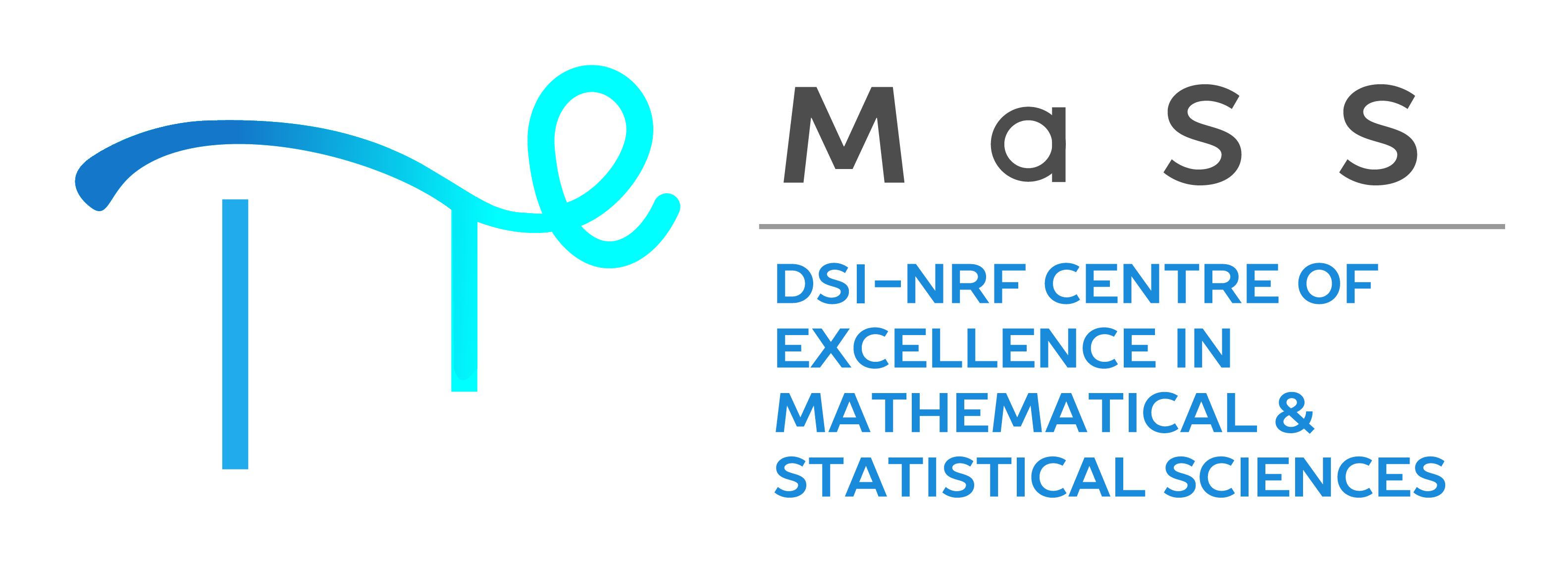Representable distributive quasi relation
algebras
Andrew Craig and Claudette
Robinson\(^*\)
Department of Mathematics and Applied Mathematics, University of
Johannesburg
SAMS Subject Classification Number: 34
A relation algebra is an algebraic structure consisting of a non-empty set, the Boolean operations and constants, an associative binary operation that has a unit, and an involutive unary operation, such that these operations and constants satisfy certain equations forming an axiomatization of a calculus of binary relations. The example of a relation algebra that motivated this definition is the algebra of all binary relations on a set, with the associative binary operation interpreted as the usual composition of binary relations, its unit as the identity relation, and the involutive unary operation as the converse relation.
A generalization of the motivating example mentioned above is the power set algebra of an equivalence relation on a set, with the operations defined in the same way. This relation algebra plays an important role in the definition of a representable relation algebra as any relation algebra isomorphic to a subalgebra of the power set algebra of some equivalence relation on some set.
Representable relation algebras have been studied for many decades. In 1950 Lyndon showed that there is a non-representable relation algebra [2]. In 1955 Tarski showed that representable relation algebras is a variety [4]. In 1964, Monk showed that representable relation algbras is not finitely axiomatizable [3], unlike relation algebras, which is finitely axiomatizable by definition.
In the 1940s, Alfred Tarski proved that relation algebras have an undecidable equational theory [5]. To remedy this, Galatos and Jipsen identified a larger variety, called quasi relation algebras, similar to relation algebras that has a decidable equational theory [1].
In this talk we will introduce representable distributive quasi relation algebras. These are defined via a construction involving posets with certain symmetry requirements. This gives rise to many interesting questions about the representability of distributive quasi relation algebras and the properties of representable quasi relation algebras.
References
[1] N. Galatos, P. Jipsen, Relation algebras as expanded FL-algebras, Algebra Universalis 69 (2013), 1–21.
[2] R.C. Lyndon, The representation of relation algebras, Ann. Math. 51 (1950), 707–729.
[3] J.D. Monk, On representable relation algebras, Michigan Math. J. 11 (1964), 207–210.
[4] A. Tarski, Contributions to the theory of models. III, Nederl. Akad. Wetensch. Proc. Ser. A. 58 (1955), 56–64. s [5] A. Tarski, S. Givant, A Formalization of Set Theory Without Variables. American Mathematical Society, Providence (1987).


